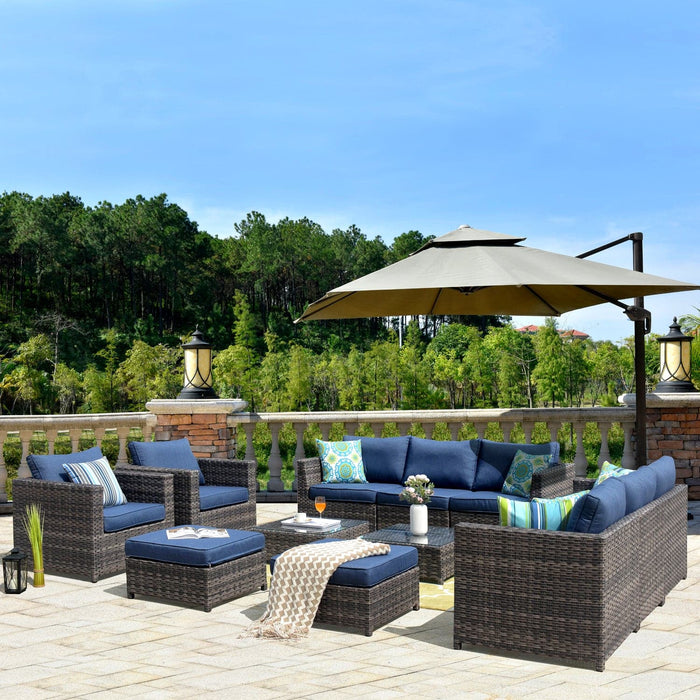In today's world, the significance of safe material construction cannot be overstated. As more individuals become aware of the potential health risks associated with toxic materials, the demand for non-toxic building options has surged. But why should you prioritize these materials in your home? Let’s delve deeper into the benefits and considerations of using non-toxic materials.

Understanding Safe Material Construction
Safe material construction refers to the use of building materials that do not emit harmful chemicals or toxins. These materials are essential for creating a healthy living environment. When selecting outdoor furniture or home furnishings, consider the following:
- Durability: Non-toxic materials often last longer, reducing the need for replacements.
- Health Benefits: They minimize exposure to harmful substances, promoting better indoor air quality.
- Environmental Impact: Many non-toxic materials are sourced sustainably, contributing to a healthier planet.
Why Non-Toxic Materials Matter
Have you ever considered how the materials in your home affect your health? Many conventional building materials contain volatile organic compounds (VOCs) and other harmful substances. These can lead to various health issues, including respiratory problems and skin irritations. By choosing safe material construction, you can significantly reduce these risks.
Moreover, non-toxic materials are often more environmentally friendly. They are typically made from renewable resources and are biodegradable, which helps in reducing landfill waste. When you invest in non-toxic options, you are not only safeguarding your health but also contributing to a sustainable future.
Key Considerations for Safe Material Construction
When selecting materials for your home, consider the following factors:
- Certification: Look for materials that are certified by recognized organizations, ensuring they meet safety standards.
- Transparency: Choose manufacturers who provide clear information about their materials and sourcing practices.
- Performance: Ensure that the non-toxic materials you select do not compromise on quality or durability.
Exploring Options for Non-Toxic Outdoor Furniture
Outdoor furniture is often exposed to the elements, making it crucial to select materials that are both durable and safe. Consider options such as:
- Recycled plastics: These materials are not only eco-friendly but also resistant to weather conditions.
- Natural wood: Look for sustainably sourced wood that is treated with non-toxic finishes.
- Metal: Aluminum and stainless steel are excellent choices, as they are durable and free from harmful coatings.
For a great selection of non-toxic outdoor furniture, visit  . This collection emphasizes safe material construction and offers a variety of stylish options for your outdoor space.
. This collection emphasizes safe material construction and offers a variety of stylish options for your outdoor space.
Conclusion
In conclusion, the importance of choosing non-toxic building materials for a healthier home cannot be ignored. By prioritizing safe material construction, you are making a conscious decision to protect your health and the environment. As you embark on your journey to create a safer living space, remember to consider the materials you choose carefully. Your home deserves it.


